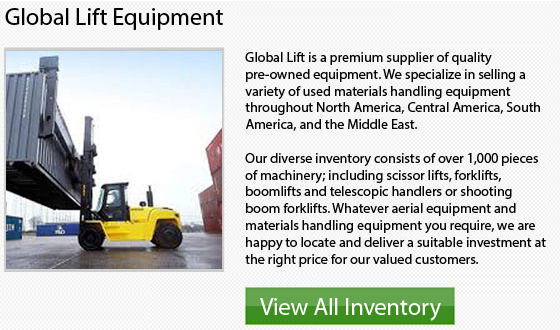
Sideloaders have become a terrific option for many companies needing to perform handling tasks on unusual cargo. Sales of these models are small however, taking up 1% to 5% of the worldwide forklift market.
Sideloaders are rather popular in the timber, aluminum, glass, steel, aviation and construction industries. Moreover, they are utilized in businesses that are making unusual things like for example moldings, and windmill arms. Practically any industry that makes awkward or oversized long objects uses the side-loaders.
Side-loaders were originally made during the beginning of the 1950s by Henry Le Grande Lull from the Lull Manufacturing Company. These models were designed in response to a request from the US Air Force. The original idea was patented for commercial utilization but it was not made until Lull Manufacturing was taken over during 1959 by the Baker Raulang Company. It was Baker Raulang who made the design. Afterward, the name was changed to Baker Traveloader. In the late 1950s, the side-loaders were introduced to Europe. The early units were made by Italian manufacturer Fiora and the afterwards B-P Battioni e Pagani who pioneered the machine's use within timber yards.
Side-loaders differ a little from forward traveling, counterbalance forklifts in that they have their forks located on the side of the machine. The operator drives the machinery sitting inside a cabin similar to a standard lift truck. The loading, unloading and lifting functions are performed by the mast situated at the right-hand side of the driver. The load is typically transported lying on a wooden or metal deck. This helps to decrease stress, distortion and damage to the cargo. Recent innovations to the side-loader design have incorporated a huge variety of lifting accessories being developed.
The utilization of side-loaders rather than the reach-stackers or standard forklifts: safer operating conditions, enhanced visibility, and the ability to utilize available space more efficiently in addition to faster traveling speeds.
You would only be able to accurately determine the best type of machine to finish your tasks, when you have fully assessed the work setting and types of tasks you would be completing. There are some great rental options available as well in order to determine the right kind of machine to meet all your needs. Doing some research on the Internet or talking to a reputable dealer is one more great way to get some information as well when trying to figure out the best option.